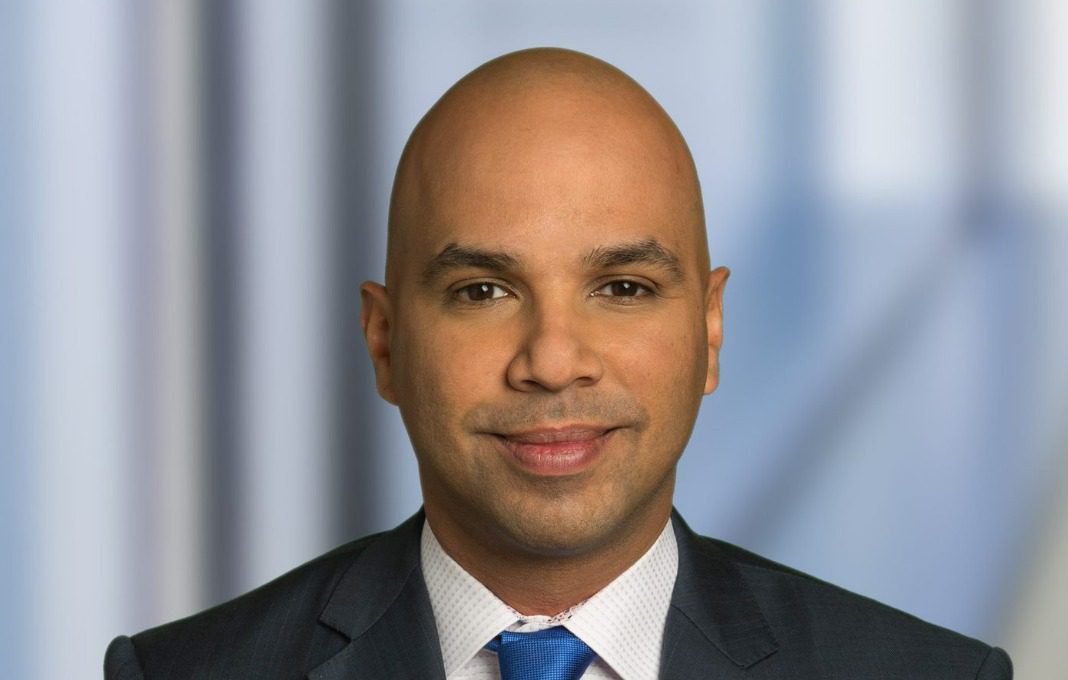Despite the challenges of recent years and today’s economic headwinds, CFOs are more optimistic than Eskander Yavar, national managing partner of advisory at BDO USA, expected when analyzing the 2023 BDO CFO Outlook Survey.
Yavar spoke with StrategicCFO360 about why CFOs are hopeful, why cost optimization is better than cost-cutting, and why pandemic supply chain struggles are still impacting business.
Why do you believe middle market companies are outperforming their own expectations from the 2022 BDO CFO Outlook Survey?
Last year was an opportunity for leaders to reprioritize elements of their business strategies and determine how they can build long-term resilience. Those investments are paying off, especially among middle market companies that often have an agility advantage and can quickly pivot as the economy changes.
To ensure that your organization can maintain its business in the event of unforeseen circumstances, one of the most important steps that you need to take right now is to reassess your plans and priorities as well as to focus on mitigating risks moving forward.
Our 2023 BDO CFO Outlook Survey found companies that are “thriving”—those that experienced increased profitability and revenue in 2022—are doing things differently than their peers. These companies are investing in ESG, upskilling workers, expanding services, evaluating cost optimization and increasing remote work options at higher levels, which may be why they’re outperforming their own expectations.
Furthermore, leaders are confident about their investments in these areas. CFOs we surveyed overwhelmingly indicated they planned to maintain or increase their investments in these areas, even if the economy worsens. This shows us that building and applying resilience principles isn’t just for businesses that are struggling. This strategy is just as, if not more, beneficial for strong organizations to bolster their financial performance and prepare for any potential volatility or disruption ahead.
What specific strategies should companies implement to increase or continue to maintain organizational resilience?
Strategic investment in areas like risk management, supply chain optimization and innovation are all crucial to building and maintaining organizational resilience. By developing the ability to adapt when trouble strikes, businesses will be well-positioned to withstand shocks and pivot to new opportunities—the core of strategic resilience.
Businesses that are focused on their bottom lines should consider cost optimization, rather than cost-cutting, and our survey results found 36 percent of CFOs plan to pursue this strategy in 2023. Cost optimization is a significant opportunity for the other 64 percent of companies as well. Cutting is a short-term solution to decrease costs, while optimization is a disciplined process designed to unlock value and support long-term growth.
Investing in your workforce to improve performance, retain top talent and build resilience is also essential. Organizations that are focused on providing flexible work options and opportunities for learning and development can energize employees this year. Companies can design programs for upskilling and reskilling based on employees’ skills, interests and career path plans to help staff reach their goals, which creates value for the company and its employees. For example, a manufacturer that is automating its assembly line process may want to reskill assembly line workers as maintenance technicians.
Additionally, top performing companies are pursuing investments in digital transformation and innovation. Investments can be allocated to different areas of the business, depending on what your organization does. For example, if your accounting team is manually reviewing financial reports, is there an opportunity to automate the review and analysis and free up your staff to spend more time on strategy and planning using the results?
A majority of CFOs indicated supply chain disruption is the top potential threat to their organizations in 2023. What supply chain threats are CFOs most concerned about and how can they mitigate risk?
More than 70 percent of the CFOs we surveyed said supply chain disruption poses some or significant risk to their businesses this year. Supply chains are continuing to face challenges such as the semiconductor chip shortage, high costs, labor shortage and excess inventory challenges. As a result, companies are continuing to adapt.
For example, manufacturers are still struggling to fill open jobs while transportation and logistics companies are identifying the most efficient ways to operate, especially for the transit of goods located overseas. At the same time, retailers are coping with clearing excess goods that arrived a year or more later than planned while balancing new orders with customer demand.
While all of these are significant, I believe the top challenge companies are facing is how to prevent supply chain disruption at the scale we experienced during the Covid-19 pandemic. The effects of halting production and transportation are still impacting all touchpoints of the supply chain three years later. Improving supply chain systems and visibility and reducing reliance on the production of goods in a single country or location should be part of each organization’s strategy.
Whether through onshoring or nearshoring, it’s important to look for opportunities to move production to multiple locations or bring supply chains closer to where your customers are to reduce risk. Companies can do this by moving operations or by pursuing M&A of smaller companies that, for example, make a component of something they manufacture. We’re already seeing some organizations onshoring or nearshoring to increase resilience, especially with the introduction of the CHIPS for America Act.
Supply chain challenges are also exacerbated by the workforce shortage. Companies should pursue digital transformation strategies that automate repeatable tasks and free up employees for more high-value operations. Offering employees opportunities for learning and development such as reskilling and upskilling and making improvements to employee benefits packages may also help attract and retain talent.
What survey results surprised you most and why?
Companies’ continued optimism was a surprise with the evolving economic circumstances heading into this year. Organizations usually revisit business strategies and assess whether to shift planning and priorities heading into each year ahead, but their approach to planning for and mitigating unexpected risks may have also evolved.
Given the revenue and profitability success that middle market companies experienced last year, it’s possible that coming out of the second year of the pandemic, organizations took an even more risk-based approach than in previous years and continue to apply lessons learned in 2023.








